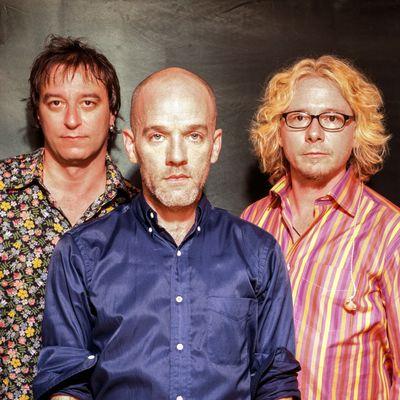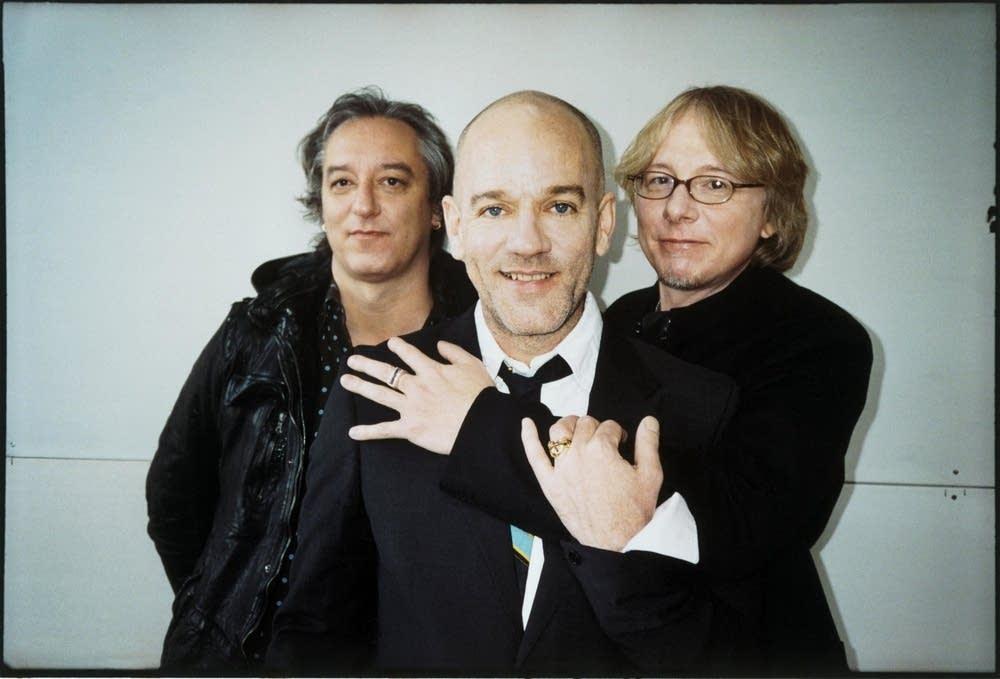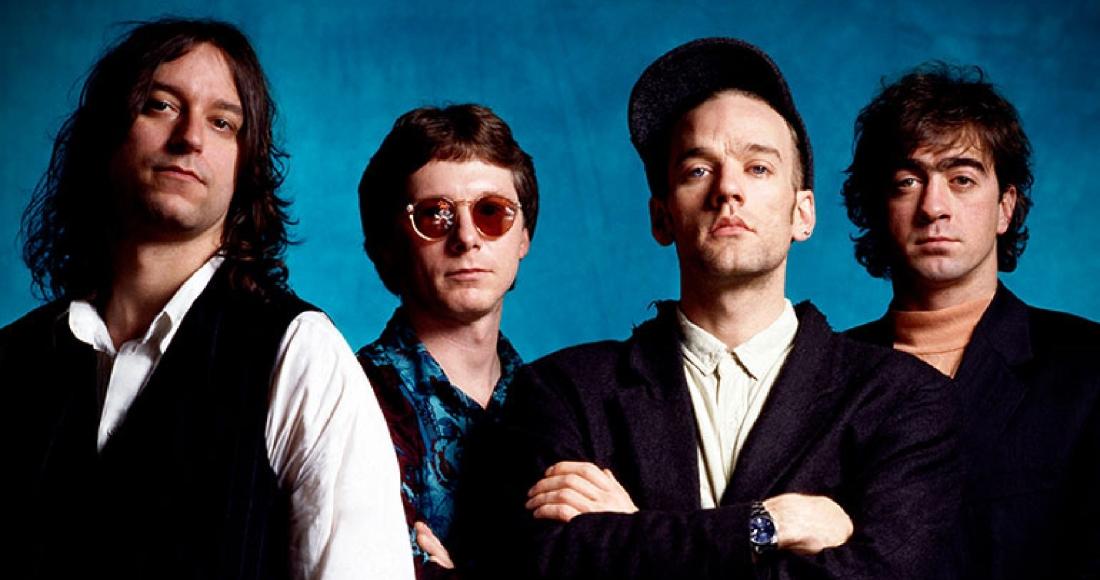The Origins of a Sound: R.E.M.s Early Years and Musical Influences
R.E.M.’s sonic identity began to take shape in the vibrant cultural landscape of Athens, Georgia, during the early 1980s. The band emerged from a DIY ethos, characterized by their grassroots approach to music, which set them apart from the mainstream. As they honed their craft, they drew inspiration from a myriad of sources, including:
- Punk Rock – The rebellious energy of bands like The Ramones and the ethos of the DIY movement became foundational elements in R.E.M.’s sound.
- Folk and Country – Their melodic sensibilities were heavily influenced by folk artists such as Bob Dylan, blending storytelling with evocative music.
- art Rock – The avant-garde experimentation of bands like Talking Heads and The Velvet Underground encouraged R.E.M. to explore uncharted sonic territories.
These diverse influences coalesced into a distinctive style, marked by Michael Stipe’s enigmatic lyrics and Peter Buck’s jangly guitar work. Early tracks like “Radio Free Europe” showcased this unique blend, enveloping listeners in a rich tapestry of sound that was both accessible and profound. The band’s commitment to authenticity resonated deeply with their audience,paving the way for a new wave of alternative rock. Moreover, their local connections and collaborations with regional peers further enriched their musical palette, embedding R.E.M. into the very fabric of the burgeoning collage rock scene.

Behind the Lyrics: Analyzing the Themes of Identity and Alienation
In the world of R.E.M., themes of identity and alienation are woven with remarkable intricacy, reflecting the complexities of the human experience. Their lyrics often serve as a mirror, inviting listeners to confront their own struggles with selfhood and connection. The band’s frontman, Michael Stipe, masterfully captures the essence of isolation in songs like “Everybody Hurts” and “Nightswimming,” where the poignant narratives convey a sense of longing and vulnerability. these anthems resonate deeply, suggesting a collective yearning for understanding in an increasingly fragmented world.
Moreover, R.E.M.’s exploration of identity is underscored by a distinctive blend of personal and political themes.Tracks such as “What’s the Frequency,Kenneth?” and “Losing My Religion” dissect the disorientation many people face in their search for belonging.The band’s use of abstract imagery and evocative language encourages listeners to confront their own narratives, frequently enough leaving them with more questions than answers. As they traverse these intricate emotional landscapes, R.E.M. not only captures the essence of societal alienation but also champions the idea that within chaos lies the potential for self-discovery.

Breaking Through: The Evolution of R.E.M.s Style in the Mainstream
As R.E.M. ascended from their humble beginnings in the vibrant music scene of Athens, georgia, the band’s style underwent a remarkable conversion that echoed the evolution of alternative rock itself. Emerging in the early 1980s, their initial sound was characterized by an eclectic mix of jangly guitars, cryptic lyrics, and Michael Stipe’s haunting vocals. With albums like *Murmur* and *Reckoning*,R.E.M.cultivated a loyal following, appealing to the underground with their avant-garde sensibility. However, as the mainstream began to take notice, notably with the release of *Out of Time* in 1991, the band challenged perceptions of what alternative rock could be, incorporating elements of folk and pop into their sound without sacrificing their artistic integrity.
The mid-1990s saw R.E.M. further refine their style, embracing a more polished production that resonated with a broader audience. Tracks such as “Everybody Hurts” and “Losing My Religion” showcased a lyrical depth that blended introspection with worldwide themes, allowing for a more extensive connection with listeners. This period marked the band’s shift to massive commercial success while still retaining their indie roots. Some notable influences and stylistic choices included:
- Enhanced Melodic Structures: Catchy hooks and choruses that appealed to diverse demographics.
- Collaborative Production: Working with renowned producers that helped polish their sound while maintaining artistic authenticity.
- Sonic Experimentation: Incorporating varied instrumentation,which broadened their sonic palette and attracted a different fanbase.
This balancing act of mainstream appeal and artistic evolution became R.E.M.’s hallmark, paving the way for future generations of bands while leaving an indelible mark on the fabric of popular music.

Legacy and Impact: How R.E.M. Shaped Alternative Rock and Inspired Future Generations
R.E.M. emerged from the small college town of athens, Georgia, during the early 1980s, quickly establishing themselves as pioneers of the alternative rock genre. Their unique sound, characterized by jangle pop guitar tones and Michael Stipe’s introspective lyrics, helped to redefine what it meant to be a rock band in a rapidly changing musical landscape. By blending elements of post-punk, folk-rock, and even Southern Gothic storytelling, R.E.M. eschewed mainstream conventions,paving the way for a new breed of bands that valued artistic integrity over commercial success.Their decision to remain independent and later sign with Warner Bros. exemplified a counter-cultural ethos that resonated deeply with a generation disillusioned by corporate influence in music.
As the band gained traction, their influence became palpable, inspiring a multitude of artists across various genres. Groups such as Nirvana, Radiohead, and The Smashing Pumpkins each cited R.E.M. as a formative influence, acknowledging how the band’s willingness to experiment with sound, aesthetic, and lyrical depth laid the groundwork for the grunge and indie rock movements of the 1990s. R.E.M.’s lyrical exploration of themes such as isolation, existential angst, and social critique struck a chord with young listeners, creating a template that would be emulated by countless musicians. Their impact is not merely confined to those who picked up guitars but extends to the ethos of authenticity and experimentation that continues to shape the artistic choices of emerging artists today.
